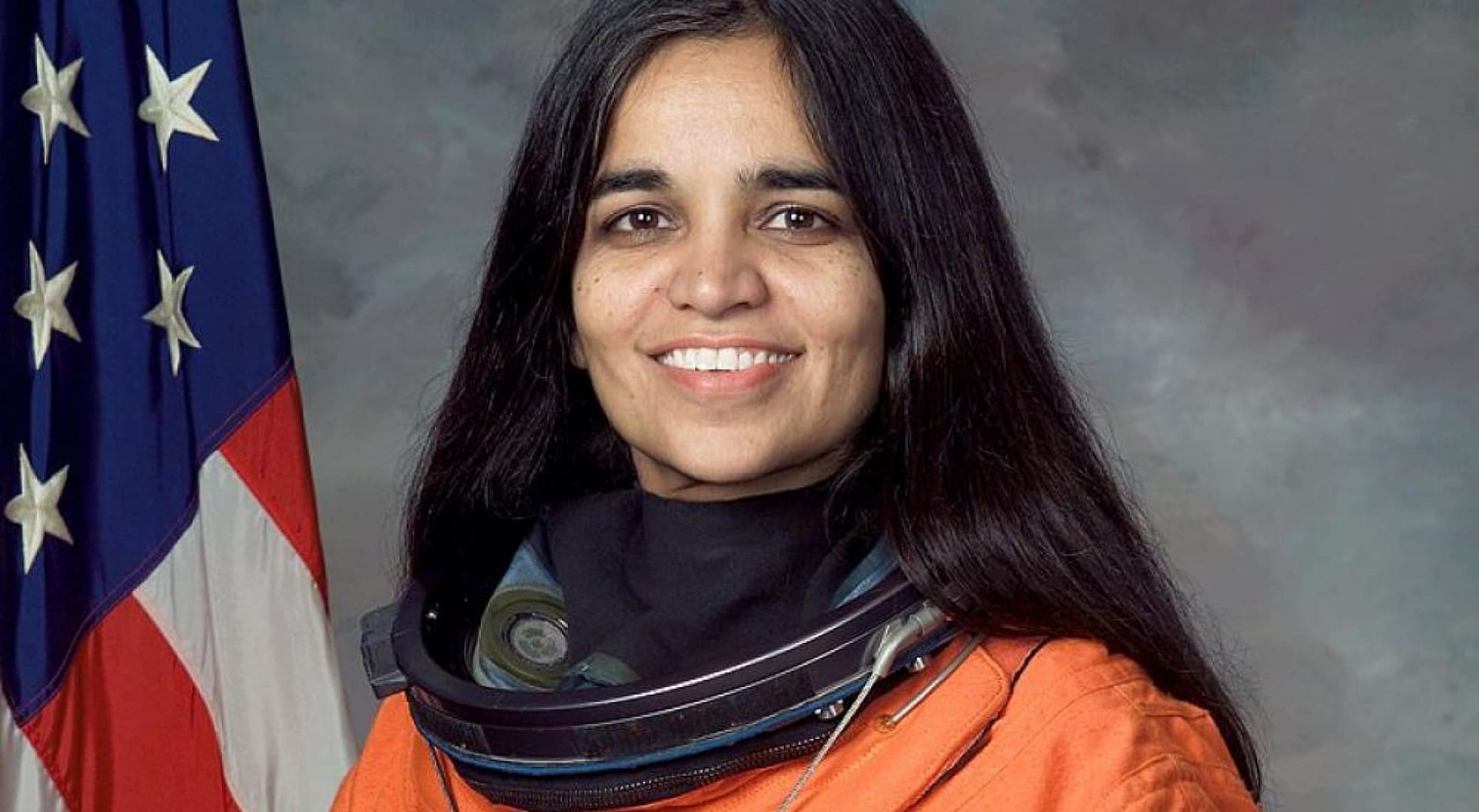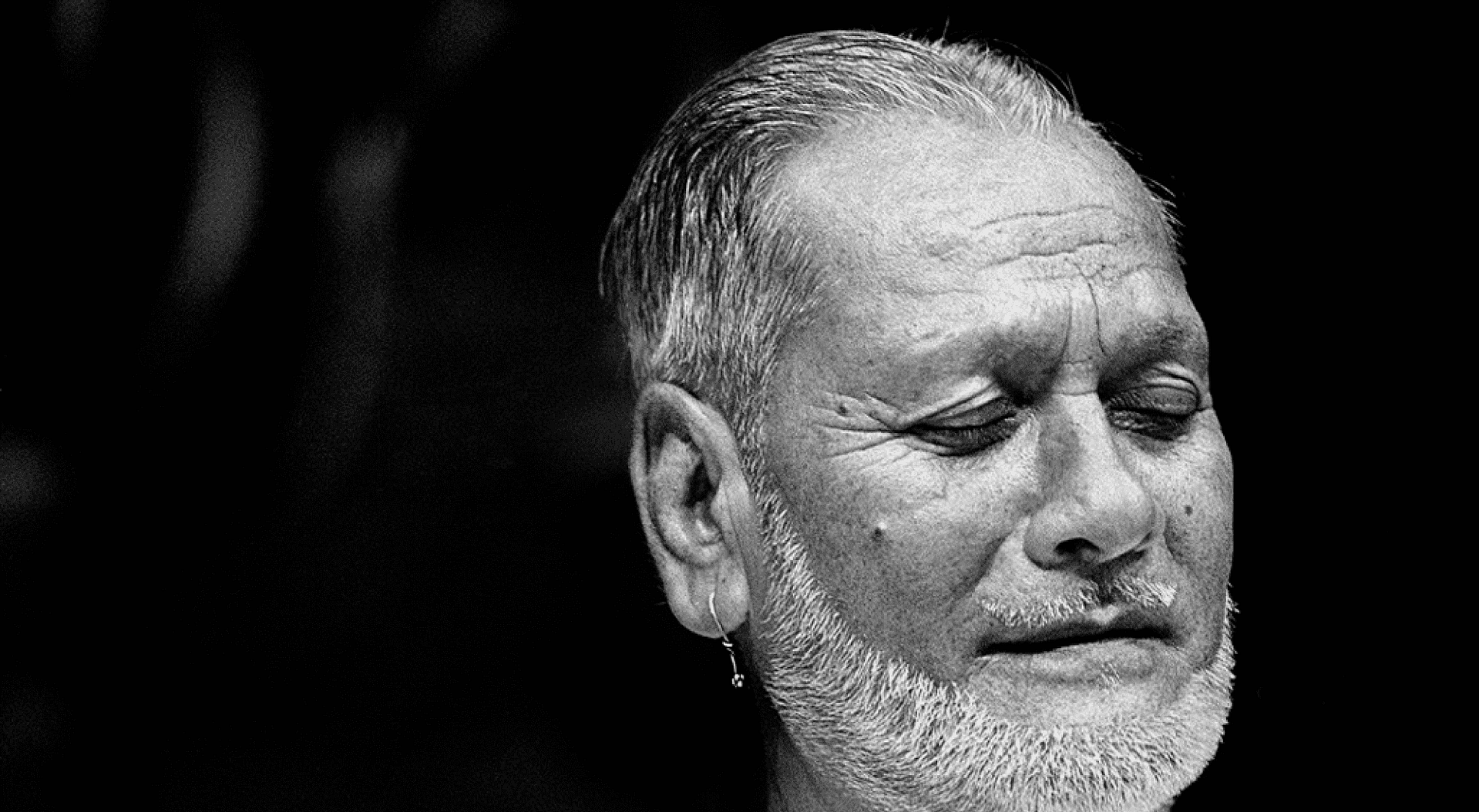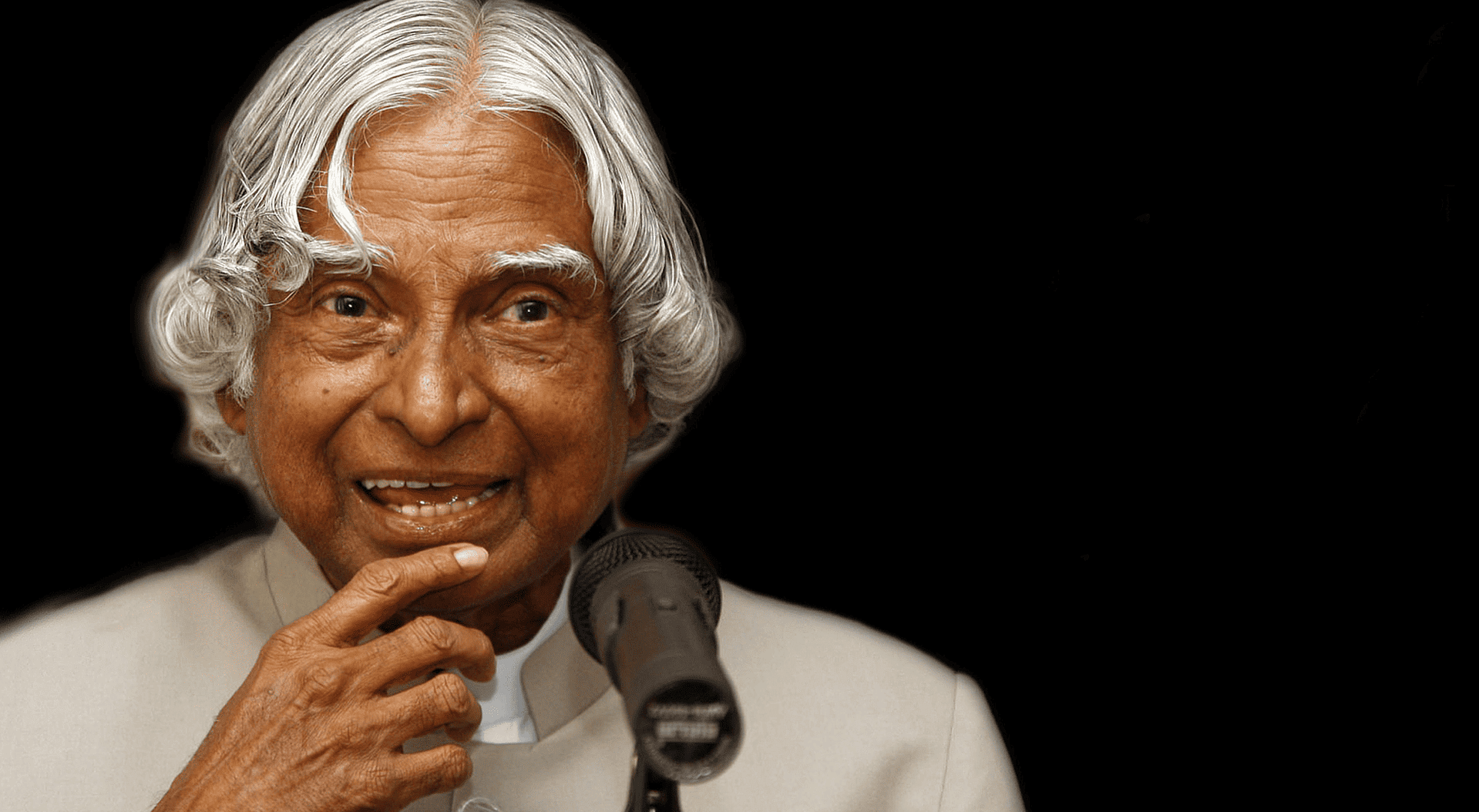Kalpana Chawla, PhD, was an engineer, pilot, and astronaut who spent more than 30 days in space during two space shuttle missions.
Born in Karnal, India, Chawla has been fascinated by flight since childhood. She earned a bachelor’s degree in aeronautical engineering from Punjab Engineering College, a master’s degree in aeronautical engineering from the University of Texas-Arlington, and a doctorate in aeronautical engineering from the University of Colorado-Boulder. Chawla held a number of pilot’s licences, including aircraft, glider and seaplane licences.
After completing her doctorate in 1988, Chawla joined NASA’s Ames Research Center, specializing in aircraft fluid dynamics. She later went on to research aerodynamics in the private sector. In 1991, Chawla became a United States citizen. Chawla was selected by NASA as an astronaut in late 1994 and began astronaut training in 1995.
In addition to preparing for space flight, astronauts are also tasked with ground-based technical projects. Chawla worked on the development of the Robotic Situational Awareness Display, a tool that helps astronauts control robotic arms. She also tested the shuttle control software.
Chawla participated in two Space Shuttle missions as a mission specialist. On November 19, 1997, she launched aboard Space Shuttle Columbia as part of STS-87. Chawla specialized in operating the robotic arm she used to deploy the Spartan satellite. During the 16-day mission, the crew conducted a series of experiments focusing on materials science. Chawla made history as the first Indian woman and the first South Asian American woman to fly in space. Indian Prime Minister Inder Kumal Gujral called Chawla into space to congratulate her on her journey and express his pride in representing India in space.
Chawla posthumously received the NASA Distinguished Service Medal and the Congressional Space Medal of Honor in recognition of her career and sacrifice.
The Colombian tragedy
It was the morning of February 1st when everyone at the Kennedy Space Center at Cape Canaveral was waiting for Columbia to make a smooth return to earth after spending 15 days in the vacuum of space.
LeRoy Cain, NASA’s entry flight director, gave the final go-ahead to Shuttle Commander Rick Husband to begin deorbit and reentry procedures for STS-107’s descent. This was the beginning of the end of Columbia’s 28th mission into space.
What happened next shook the whole world, people saw flames and sparks in the sky and the Columbia was broken up and gone forever along with its passengers. The seven astronauts on board were later killed in action and pronounced dead.
What happened?
After Columbia’s reentry procedure began, telemetry showed that hydraulic fluid temperatures had dropped off the scale and nothing could indicate or explain the fault. In contrast, all other hydraulic system indications were good. This extremely low fluid temperature caused a sudden loss of pressure in the left side tires, making it almost impossible for the shuttle to land because it did not have the correct tire pressure.
According to reports from Space Safety Magazine, with each passing second, more and more sensors began to fail in Columbia, resulting in the loss of all kinds of communications. Efforts to re-establish radar contact and relocate the spacecraft by Houston failed. The disaster happened at the time and reports of people seeing fireballs in the sky hit the headlines, bringing the team’s worst nightmare to life.
Commander Michael P. Anderson, Mission Specialists David M. Brown, Kalpana Chawla and Laurel B. Clark and Payload Specialist Ilan Ramon of the Israel Space Agency, including Commander Rick D. Husband and Pilot William C. “Willie” McCool 7 astronauts, who died in this tragedy.
The Shuttle program was shut down for two years after the Columbia disaster. An intensive investigation was launched, which revealed that the beginning of this tragedy happened on the day of its very launch (January 27, 2003). The spacecraft’s wing was breached as a large chunk of foam fell out of the shuttle’s external tank.
Just 82 seconds after the shuttle took off from Cape Canaveral, a piece of foam fell and was later seen hitting the wing of the spacecraft. It was later revealed that the hole had caused atmospheric gases to leak into the shuttle as it returned to Earth, leading to the loss of a sensor and eventual disaster.
The world saw the entire incident on television sets around the world.



